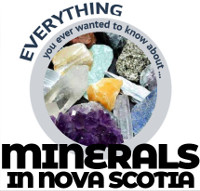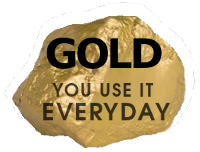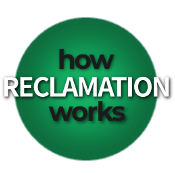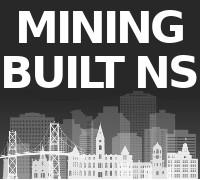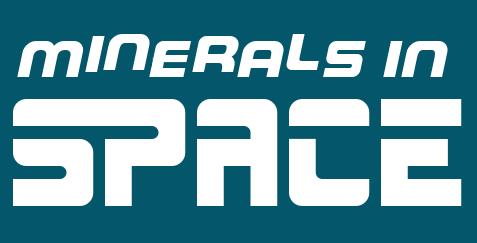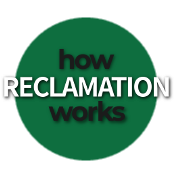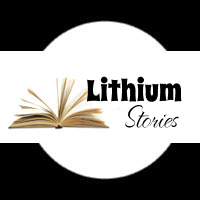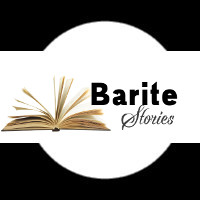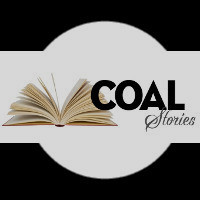- Why Mining Matters
- Jobs
- Safety
- Environment & Operations
- FAQ
- Links
- Fun Stuff
You are here
Cheticamp Lawsuit
A newspaper described the lawsuit as “one of the biggest disputes ever on in the mines department.” It was just the start of what would be a series of challenges for Cheticamp’s Galena Mine.
The discovery of gold in Cheticamp was described in the November 25, 1897, edition of the Evening Mail: “In May 1896, a few areas of property were taken up at Cheticamp, a small mining district in Inverness, C.B. A number of men had been previously panning for gold at that place for some time, and were making fair wages from the alluvial deposits. The news of the rich discovery leaked out, and a small claim was taken up by a man named Chapman.”
The Evening Mail went on: “Later on in the same year the news of the find sped like wild fire, and in October a large number of Haligonians made a visit to the scene in order to satisfy themselves as to the paying qualities of the discovery. The result was a big rush for the first option, and the claims were taken up in every direction. Everything was mixed up in a sort of hopeless manner when a survey was ordered. Upon completion of the engineers’ work there were many protests made, and a bitter fight ensued for the possession of the most valuable spots.”
In other words, gold was panned from brooks about seven miles inland from Cheticamp. The discovery led to a claim staking rush, but no government survey had been done of the area, so the staking was disorganized and resulted in disagreements about who held which claims.
The Cheticamp Gold Mining Company’s claims on Faribault Brook appeared to be the most vaulable. The company’s owners included Samuel M. Brookfield, who had immigrated to Nova Scotia from England in 1852. He was a prominent entrepreneur and builder in Halifax from 1871, when he became president of his father’s successful construction company, until his death in 1924. He also had a range of other business interests, including mining – for example, he owned the Terence Bay granite quarry which supplied building stone for historical Halifax buildings. He also served as the first president of the Maritime Telegraph and Telephone Company which later became Bell Aliant.
However, another company, led by George Oland of the well-known brewing family, had staked a claim in the same area to search for minerals other than gold and silver. Oland’s claim covered five square miles, commencing at McLeod’s cabin and running easterly, according to the Evening Mail.
However, Oland said the description of the location was incorrect and that he should be allowed to amend his application. It is not clear whether he blamed his own company or the Department of Mines for any error.
The upshot was that the two companies claimed to have staked the same ground but for different minerals - The Cheticamp Gold Mining Company for gold and silver, and Oland’s company for any minerals other than gold and silver.
Metals deposits almost always have multiple metals in them because of how they form and because certain metals tend to be associated with each other. For example, gold deposits often have at least small amounts of silver and copper in them, and they may contain other metals as well. The various metals are usually intermingled in the ore (host rock), so separating them requires sophisticated metallurgy and it would be impractical for different companies to own the different metals.
The Cheticamp deposit was found to contain a complicated mixture of metals, including gold, silver, lead and copper. The Evening Mail said, “The property involved in the dispute is one of the most valuable mineral finds ever made in the province.”
Oland filed a lawsuit in 1897 in the hope of getting access to the land being worked by the Cheticamp Gold Mining Company and to get control of its lead and copper. The key legal question was whether different companies could control different minerals on the same claim.
However, that issue was not resolved, or even addressed, by the case. The province’s commissioner of mines ruled in December 1897 that the Oland claims were 1700 feet from the claims held by the Cheticamp Gold Mining Company. The confusion over the precise location was the result of the “hopeless manner” in which the staking had been done. So, Oland’s property was in a different location, and he had no legal right to any metals on the Cheticamp Gold Mining Company’s property.
Despite losing the lawsuit, Oland was right about the importance of the various metals in the area. The Cheticamp Gold Mining Company, despite its name, operated the Galena Mine as a lead mine because lead proved to be the predominant metal in the deposit.
Unfortunately, the various metals in the deposit proved to be a double-edged sword for the company. They could provide additional revenue for the mine, but the complexity of separating and capturing them in the milling process was too much for the company and the limited science of the day. As a result, the Cheticamp Gold Mining Company shut the mine down in 1902.
Today, advancements in science and technology have resolved both issues the Cheticamp Gold Mining Company faced.
Disputes over claim staking are extremely rare thanks to digital staking. In Nova Scotia and many other jurisdictions, staking claims is now done using online, digital mapping systems, which basically eliminate disagreements over claim boundaries.
Historically, the science behind milling ore was rudimentary compared to how sophisticated it is today. As a result, historical metals mines often struggled to separate and collect the full value of the minerals in a deposit. The modern mining industry is a sophisticated, science-based business that has far greater ability to do this, while also taking excellent care of the environment.
Today, claims holders have a clear legal right to all minerals within a claim, which addresses the question raised by Oland. Only in exceptional circumstances involving special licenses is it possible to have ground double-staked for different minerals by two parties.
Learn more about the Cheticamp Gold Mining Company’s metallurgical challenges at https://notyourgrandfathersmining.ca/galena-mine





